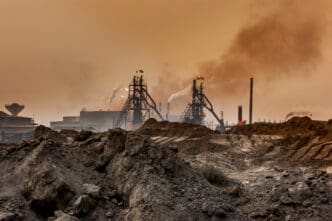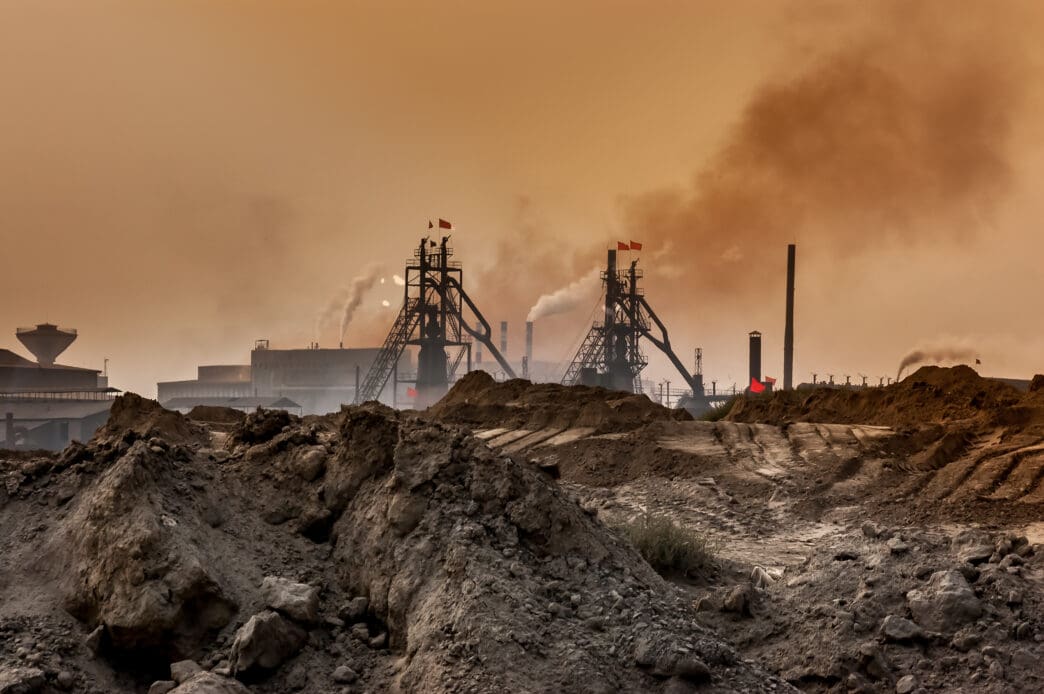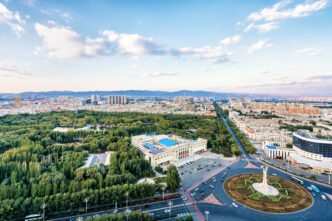Executive Summary
The Story So Far
Why This Matters
Who Thinks What?
China has expanded its export controls on rare earths and related technologies, further tightening its dominance over critical minerals essential for the global energy transition. The move, announced on Thursday by China’s commerce ministry, adds five medium to heavy rare earth elements—holmium, erbium, thulium, europium, and ytterbium—and associated materials to the control list, effective November 8. This expansion requires exporters to obtain licenses from Beijing before selling these materials overseas, building on existing restrictions.
Expanding Rare Earth Controls
The newly added rare earth elements will join over twenty other elements and related materials already subject to export controls. China, which produces approximately 90% of the world’s rare earths, first placed seven elements and related materials on an export control list in April. These minerals are crucial for sectors such as clean energy, defense, and automotive industries, with the new additions playing roles in fiber-optics and nuclear power.
While rare earths are common in the Earth’s crust, China has developed expertise in the technically challenging and environmentally intensive refining processes, often at a lower cost. Beijing has systematically increased its control over the rare earths sector, including a December 2023 ban on the export of technology for making rare earth magnets and an existing ban on refining technology. Thursday’s announcement further added dozens of machines and materials used in mining and refining to the control list. Domestic production is strictly managed through a quota system granted exclusively to state-owned miners.
Broader Mineral Export Restrictions
Beyond rare earths, China has implemented various export restrictions on other key minerals since 2023. In early February, following the introduction of President Donald Trump’s initial 10% tariff on Chinese goods, China imposed export controls on tungsten, indium, bismuth, tellurium, and molybdenum—metals used in defense, clean energy, and other industries. These measures require licenses for 20 related products but have largely stopped short of outright bans.
Battery and Semiconductor-Related Technologies
In January, China proposed restricting the export of certain technologies for cutting-edge battery components and the processing of critical minerals like lithium and gallium. These controls were enacted in July, with at least one company ceasing exports of listed products. On Thursday, these controls were broadened to include more lithium battery-related items and equipment for manufacturing specific lithium-ion batteries.
Beijing also banned the export of antimony, gallium, and germanium to the United States in late 2024, in response to Washington’s crackdown on China’s chip sector. While an outright ban applies to the U.S., China had gradually introduced export licensing regimes for these three metals over the preceding 18 months. China dominates the supply chain for these minerals, mining or refining between half and 90% of global supply. For instance, exports of antimony, a strategic metal used in flame retardants and solar power, to major buyers like Japan, India, and South Korea had barely resumed three months after export licenses were introduced.
Graphite Controls
Effective November 8, China has also expanded existing export controls on graphite to include certain synthetic graphite materials. In October 2023, China mandated export permits for three types of “highly sensitive” graphite products, citing national security concerns. China is the world’s leading producer and exporter of graphite, and refines over 90% of the global supply into material vital for virtually all electric vehicle batteries.
Key Takeaways
China’s ongoing expansion of mineral and technology export controls underscores its strategic efforts to consolidate control over critical materials. These measures are designed to reinforce China’s dominant position in global supply chains, particularly those vital for clean energy, defense, and advanced technology sectors, amid escalating geopolitical competition.








